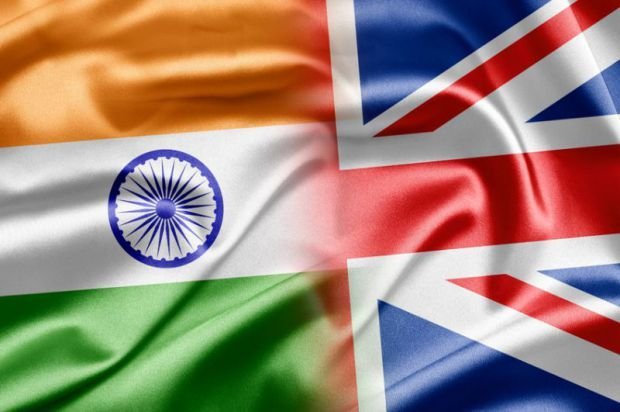Physical Address
304 North Cardinal St.
Dorchester Center, MA 02124

India is expected to significantly expand its presence in the United Kingdom’s readymade garments (RMG) market, increasing its market share from 6 percent in 2024 to 12 percent in the near to medium term. According to CareEdge Ratings, this growth could bring in an additional export opportunity worth around USD 1.1 to 1.2 billion annually.
This projection follows the recent signing of a comprehensive Free Trade Agreement (FTA) between India and the UK on May 6. The agreement is expected to open new doors for many labour-intensive sectors in India, especially textiles. The Indian Commerce Ministry stated that 99 percent of exports from India to the UK will now benefit from zero-duty access, giving Indian manufacturers a major competitive edge.
In 2024, the global RMG market was valued at around USD 525 billion. Major importing countries include the European Union, the United States, the United Kingdom, Japan, Canada, and South Korea. These nations collectively accounted for nearly 44 percent of all global garment imports. Within this, the UK stood out as one of the top five RMG importers, with garmgent imports valued at nearly USD 20 billion.

Currently, India exports garments worth approximately USD 1.2 billion to the UK, out of its total exports of around USD 15 to 16 billion in this sector. Despite being a significant player, India has faced tough competition from countries like Bangladesh, Turkey, Cambodia, and Italy, all of which already enjoy duty-free access to the UK. Vietnam and Pakistan also benefit from reduced or zero tariffs. In contrast, Indian exporters were previously at a disadvantage due to tariffs, which has now been addressed by the FTA.
CareEdge has described the India-UK trade deal as a game changer for India’s RMG industry. It enables India to compete more fairly with its global rivals in accessing the UK’s garment market. One of the most notable advantages now is a 12 percent duty edge over China, which currently holds the largest share in UK garment imports.
In recent years, China has been losing ground in the UK’s RMG market. Rising labour costs and a growing global strategy known as “China Plus One,” where brands reduce dependency on Chinese supply chains, have contributed to this trend. These developments, combined with the socio-political uncertainty in countries like Bangladesh, are pushing global retailers to diversify their sourcing. This shift is expected to work in India’s favour.
India is also strengthening its textile ecosystem through government initiatives such as the PM Mega Integrated Textile Region and Apparel (PM MITRA) parks and the Production Linked Incentive (PLI) scheme. These policies are designed to boost manufacturing, modernize infrastructure, and attract investment. The recovery of garment demand in the UK, supported by lower inflation and interest rates, adds to the momentum.
In conclusion, India is in a strong position to take advantage of a shifting global landscape in garment trade. With trade barriers falling and strong government support, the country is poised to become a major supplier to one of the world’s largest fashion markets. The coming years may mark a turning point for India’s garment exports, especially in terms of visibility and volume in the UK.
What do you think about this development? Will India be able to capitalize on this opportunity and reshape its role in the global textile market? Let us know your thoughts.